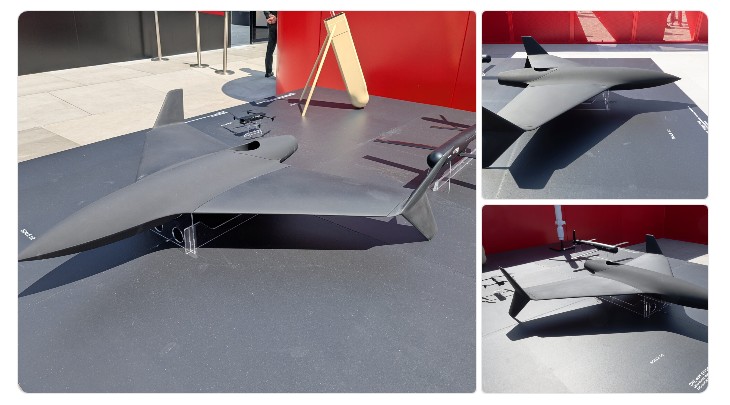As global tensions reshape modern defense priorities, a series of advanced precision weapons and drones are redefining air superiority in 2025. From hypersonic missiles to long-endurance unmanned platforms, the latest systems reveal how Western and allied forces are integrating speed, range, and autonomy into future combat doctrines.
Advanced Missiles Expanding Stand-Off Capabilities
The Rampage missile, co-developed by Israel Aerospace Industries (IAI) and Israel Military Industries, continues to serve as a cost-effective long-range air-to-surface weapon, optimized for rapid response strikes against strategic targets. Similarly, Rafael’s SPICE precision-guided bomb series integrates electro-optical guidance with GPS autonomy, allowing accurate strikes in GPS-denied environments.
European defense firm MBDA’s Meteor beyond-visual-range air-to-air missile (BVRAAM) has emerged as a benchmark in sustained propulsion and kinetic reach. Its ramjet motor provides consistent thrust, allowing aircraft such as the Eurofighter Typhoon, Gripen, and Rafale to engage targets well before entering enemy airspace.
The Franco-British SCALP EG, also known as Storm Shadow, remains central to allied precision strike arsenals, capable of penetrating hardened structures with low observability and advanced guidance packages.
Precision and Autonomy: The Drone Dimension
On the unmanned front, the Spike NLOS (Non-Line of Sight) missile, integrated with loitering munitions and drones, demonstrates the merging of precision strike and ISR capabilities. Complementing this are several drones now fielded by NATO and allied nations.
Among them, the V-BAT hybrid UAV stands out for its vertical takeoff and fixed-wing endurance, providing shipborne flexibility. The Israeli-made Heron drone continues to evolve with improved sensor payloads and maritime variants, while the Camcopter S-100 remains a key rotary UAV supporting coastal and intelligence operations.
Together, these platforms illustrate a convergence between missile precision, data-driven targeting, and autonomous delivery. In a defense landscape increasingly shaped by electronic warfare and contested airspace, these systems underline the transition toward adaptive, networked air power.

